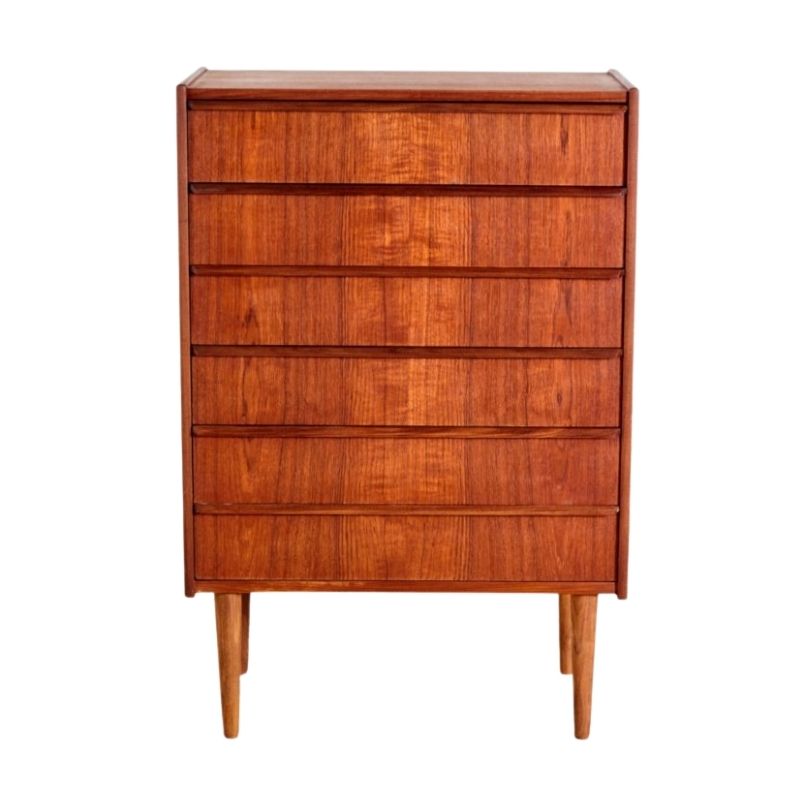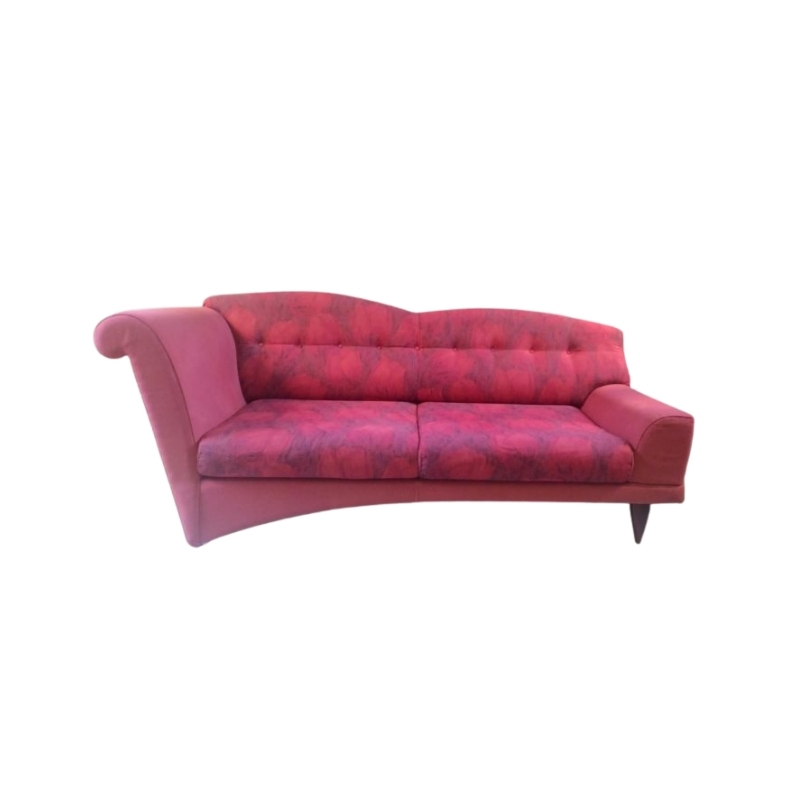I was hoping there might be an Aalto expert on here that can cast their expert eye on this table. Looks like Aalto, but I wouldn't know how to authenitcate?  <img class="wpforo-default-image-attachment wpforoimg" src=" http://old.designaddict.com/sites/defau
<img class="wpforo-default-image-attachment wpforoimg" src=" http://old.designaddict.com/sites/defau 
Patented
This is Aalto's patented bent leg design. The leg is not made from plywood but rather solid wood with splints inserted in the end to allow for the bend.
http://www.google.com/patents?id=G3hAAAAAEBAJ&printsec=frontcover&dq=alv...
Mr Aalto
specifically mentions that the cuts "preferably" extend at different lengths into the workpiece -- but no explanation is given as to the reason for this preference. Could it be merely a way to help disguise the lamination ? Oddly, the drawing shows that the outermost cuts don't even extend fully into the area being bent . . .
Thanks, tktoo.
While it might seem an unnecessary indulgence to match the veneer pattern on the reverse of a panel, technically it is a very good move. We learned this the hard way at one of the shops I was attached to, when a large cabinet door of 3/4" material was veneered in the face in a checkerboard pattern while the reverse was veneered in the usual way. The panel warped almost immediately into a complex potato-chip shape. In hindsight, the portions of the door where the veneer ran vertically on one face and horizontally on the other were destined to warp. The veneering design was specified in our office and the panel produced by a reputable veneering house who had always given superb service. Everyone missed this one . . . !
The Aalto patent
mentions that as a possibility.
You can imagine that this would require close calculation of the lengths of the "fins" projecting from both pieces, to fully fill the slots after the two are joined -- and bent. And, the slots would have to match the thickness of the voids. But I suppose it could be done. I don't recall an Aalto piece thus made, do you ?
If you need any help, please contact us at – info@designaddict.com









